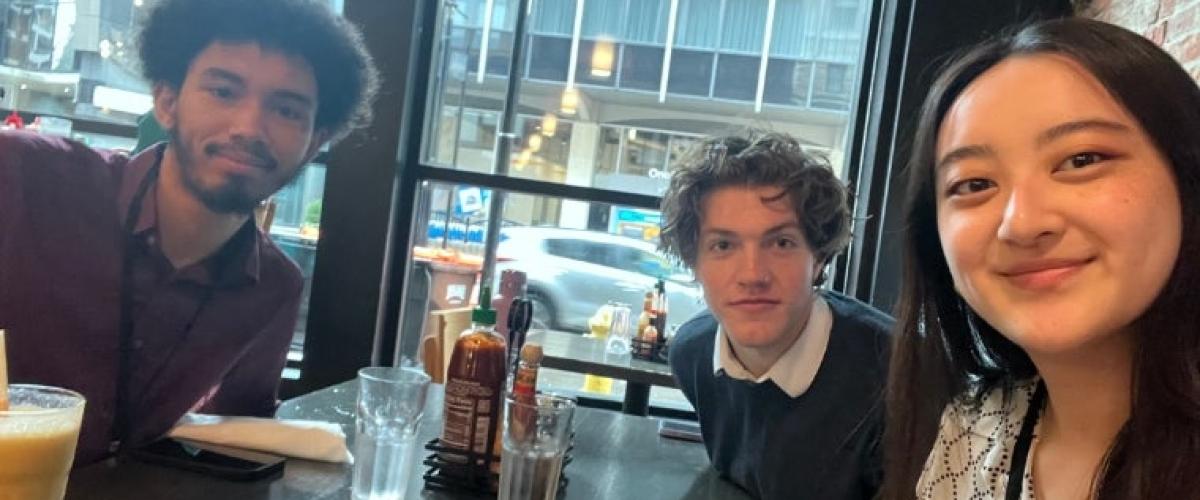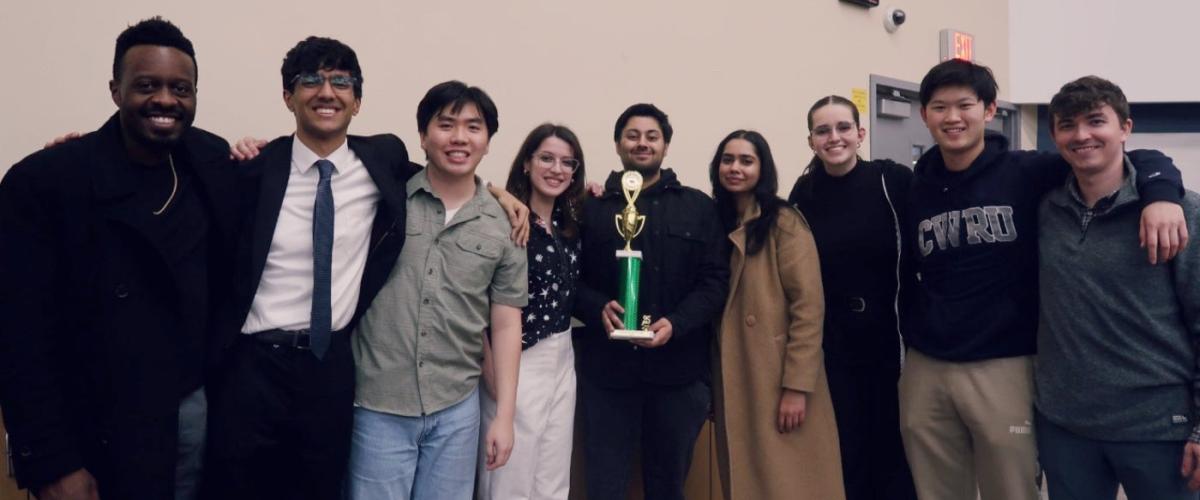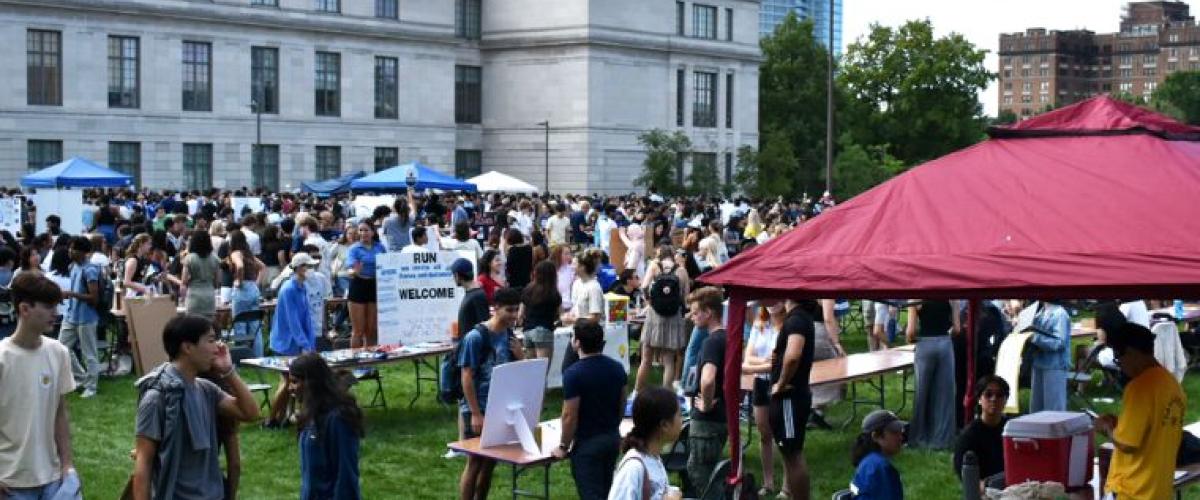At a family party a few years ago, Paul Halliday watched on as his uncle, an EMT, calmly provided aid to a young cousin who'd fallen from a slide.
In the panicked situation, Halliday didn’t know what he would have done if his uncle hadn’t been there.
And that’s when he realized: “Everyone should know what to do in some kind of emergency.”
While there had been many incidents throughout high school that made Halliday consider becoming an EMT, after that day he was determined to make it happen.
He took the test on his 18th birthday—the first possible date, given the minimum age requirement.
Soon after, he arrived at Case Western Reserve University, ready to put his new certification into use. Almost immediately he joined CWRU Emergency Medical Service (EMS), a student-run, volunteer ambulance service on campus.
Now a rising junior nutritional biochemistry major, Halliday just wrapped up his first year at the helm of CWRU EMS. Last year, he ushered in changes to improve the organization’s services, including a formalized training process. Additionally, he’s making a push to transition to 24/7 coverage.
During the 2016–17 school year, CWRU EMS went on 255 calls on and around campus. On each call—responding in an average 4.5 minutes—two Ohio-certified EMTs provide patient care until they arrive at the hospital. The organization has grown rapidly since its start in 2004, now having more than 40 members serving the campus in times of crisis. And with each call Halliday goes on, he’s preparing himself for his future career, where he hopes to be the one tending to those patients once they arrive at the emergency room.
“Seeing this whole side before going into the hospital side in the future will really give me a good perspective,” he said.
Read more about Halliday’s perspective in this week’s five questions.





